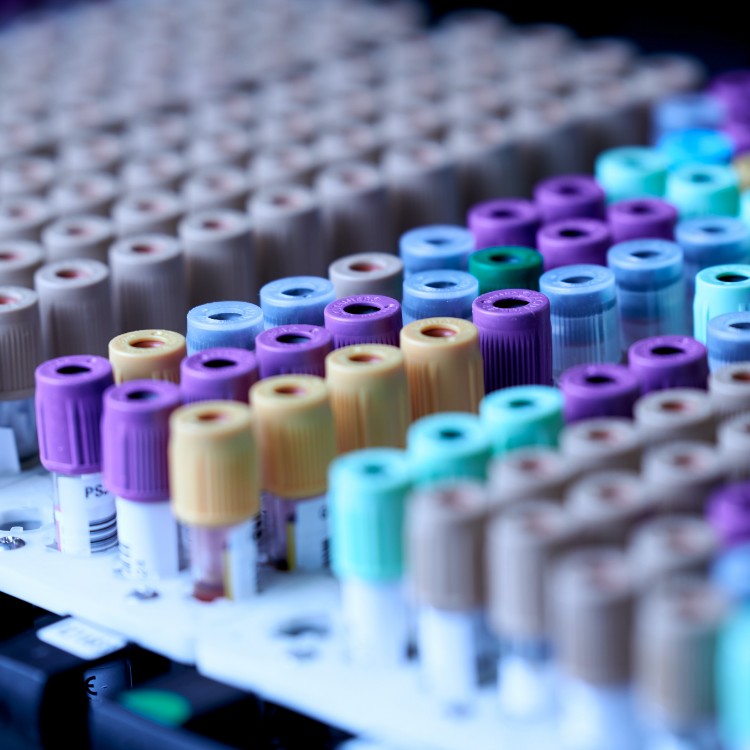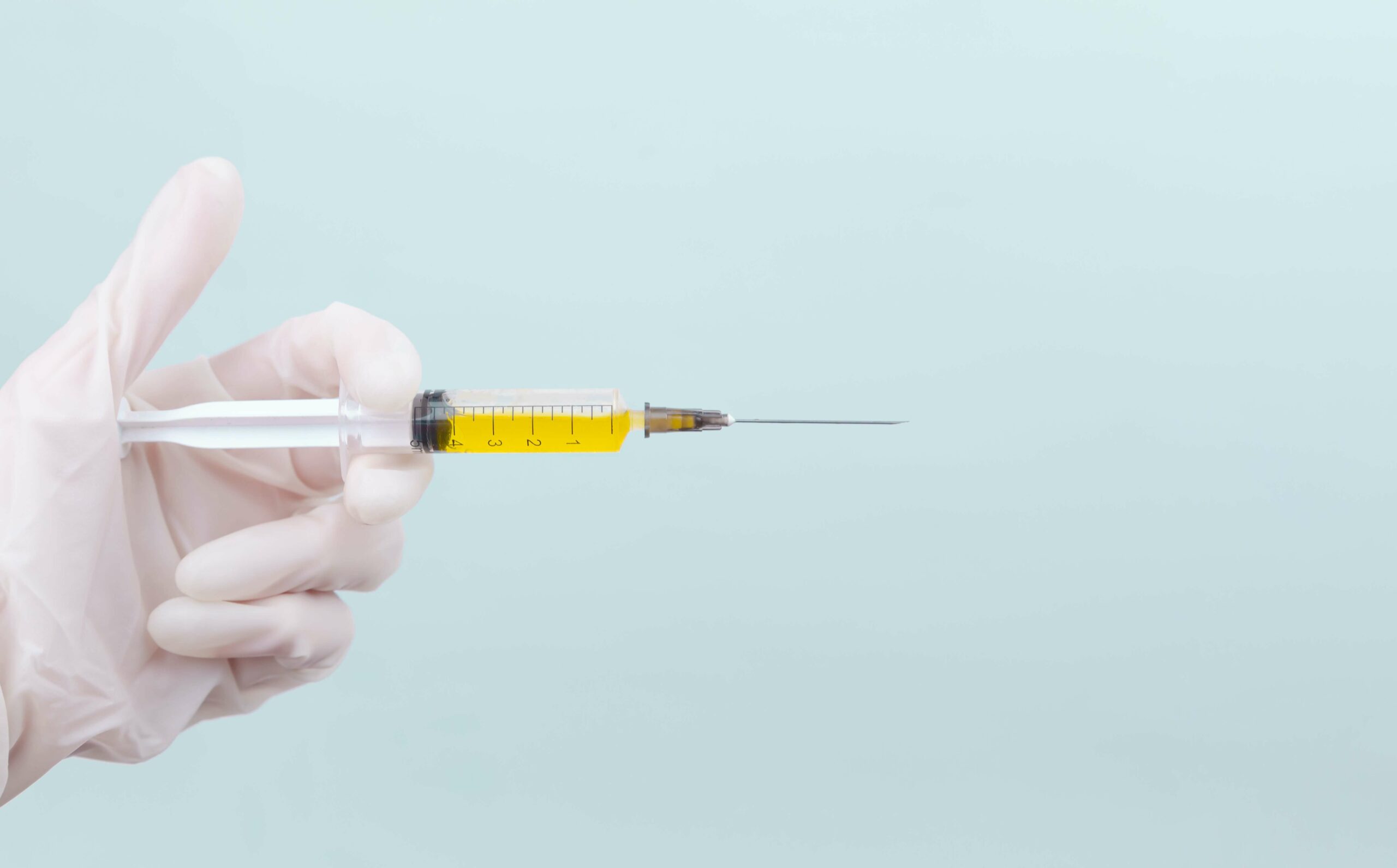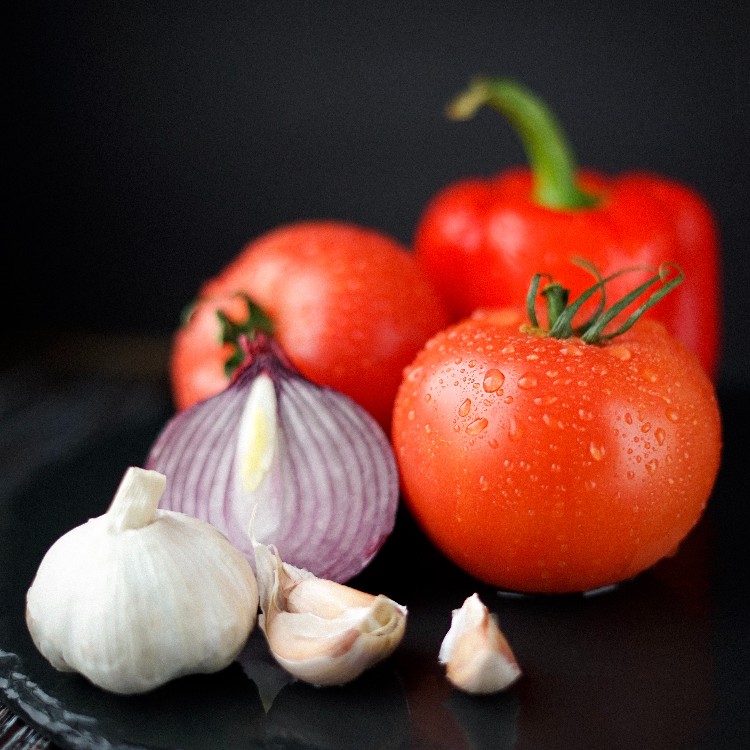ApoB, or apolipoprotein B-100, is a protein that transports cholesterol through the body. Due to its ability to bind to cholesterol particles, it is one of the basic indicators for the estimation of the risk of cardiovascular diseases. Since this parameter is not included in the basic blood analysis (which includes LDL and HDL cholesterol), in certain cases, a doctor may order apob testing.
What Is ApoB Structurally?
ApoB is a structural component of various lipoproteins, including chylomicrons, very-low-density lipoproteins (VLDL), low-density lipoproteins (LDL), and intermediate-density lipoproteins (IDL). Structurally, ApoB consists of a single polypeptide chain with multiple domains, essential for its interaction with lipoproteins and the maintenance of their stability and functionality.
Apolipoprotein B exists in two forms: apoB-48, produced in the gut, and apoB-100, synthesized in the liver. ApoB-48 transports fat and cholesterol to the liver, where it merges with apoB-100. The apoB protein binds to cell receptors, where it facilitates the entry of bad cholesterol into the cell. Once inside, the lipoprotein undergoes breakdown and releases cholesterol into the bloodstream. The presence of elevated bad cholesterol levels contributes to the formation of plaque in blood vessels, posing a risk of atherosclerosis.
What Is the Apob Test?
The ApoB test is a diagnostic procedure that measures the levels of apolipoprotein B-100 in the blood to assess lipid metabolism. It is a simple test that implies taking a small blood sample from a vein. Individuals at risk of cardiovascular issues, such as those with a family history of heart disease or high cholesterol, may be recommended to undergo the ApoB test. Doctors may request the test as part of routine check-ups or when evaluating the patient’s overall cardiovascular health.
The ApoB blood test is not included in regular check-ups as standard cholesterol assessments like LDL and HDL. The ApoB represents a reliable measure that offers a more precise representation of the potential for plaque formation in blood vessels. While LDL and HDL focus on cholesterol content, ApoB reflects the number of particles carrying cholesterol, making it a more accurate indicator of cardiovascular risk than the standard blood test.
The Results of ApoB Testing
The results of the ApoB blood test provide key insights into major risks for cardiovascular health. They are helpful in managing cholesterol levels and mitigating the risk of cardiovascular diseases. A lower ApoB level generally indicates a lower risk of cardiovascular issues, as well as liver cirrhosis, hyperthyroidism, and malnutrition. On the other hand, higher ApoB levels are associated with an increased risk of atherosclerosis and heart disease. They can also indicate other health conditions, such as insulin resistance, diabetes, kidney disease, and hypothyroidism. Conditions like pregnancy usually lead to temporarily elevated ApoB levels.
In general, the normal range for ApoB is considered to be between 60 and 120 milligrams per deciliter (mg/dL). Values higher than 120 mg/dL indicate a risk of heart and blood vessel disease. The relationship between ApoB levels and atherogenic particle count is proportional. Males generally have higher apoB levels than females, and they increase with age.
How to Lower Apob?
To lower your ApoB levels and promote heart health, make a balanced diet your priority. It should include foods rich in fiber, such as fruits, vegetables, and whole grains. Try to eat enough healthy fats from sources like avocados, nuts, coconut, and olive oil, while limiting saturated and trans fats found in fried and processed foods. Incorporate fatty fish, like herring, salmon, and mackerel, into your diet. They are high in omega-3 fatty acids and known to lower triglycerides and benefit heart health.
Regular exercise is crucial for supporting cardiovascular health. Aim for at least 150 minutes of moderate-intensity cardio training per week, like brisk walking, running, or cycling. Exercise helps lower ApoB by improving lipid metabolism and promoting the production of high-density lipoproteins (HDL). Combined with a healthy diet, these lifestyle changes can contribute to a reduction in ApoB levels and thereby reduce the risk of cardiovascular issues.

To Sum Up
Apolipoprotein B is the most significant risk indicator for cardiovascular diseases. If you have a family history of heart disease or suspect high cholesterol levels, talk to your doctor about apoB testing. In order to improve the health of your cardiovascular system, it is necessary to eat healthy and exercise regularly.
FAQ
What is ApoB vs. LDL?
Apolipoprotein B (ApoB) and low-density lipoprotein (LDL) are interconnected parameters in aspects of lipid metabolism. While ApoB represents the total number of circulating atherogenic lipoproteins (chylomicrons, LDL, VLDL, and IDL), LDL is a specific type of lipoprotein with a high proportion of cholesterol.
LDL cholesterol is often labeled bad cholesterol because its elevated levels indicate a risk of atherosclerosis. Therefore, while ApoB encompasses multiple lipoproteins, LDL specifically refers to the cholesterol-carrying particles. Monitoring both ApoB and LDL levels provides a comprehensive understanding of a patient’s cardiovascular risk profile.
How can I lower my ApoB naturally?
To lower ApoB levels naturally, prioritize a diverse and nutrient-rich diet. Your diet should contain fruits, vegetables, whole grains, and proteins. Choose healthy fats and avoid saturated and trans fats found in processed and fried foods. It is crucial to keep yourself active through regular cardio exercises. Other than that, try to sleep enough, manage stress levels, maintain a healthy body weight, and eliminate harmful habits like smoking and alcohol consumption.
Does apoB increase with age?
Although apoB levels change with age, it’s essential to note that there are individual variations as well. As we grow older, factors like changes in metabolic health, lifestyle habits, and hormonal fluctuations contribute to alterations in lipid profiles, including higher ApoB concentrations. However, it’s crucial to interpret these changes in the context of overall health and individual risk factors. Aging alone is not the sole determinant of elevated ApoB levels, as lifestyle choices, genetic factors, and other health conditions can significantly influence lipid metabolism. Regular health check-ups and lipid profile assessments can provide a more accurate understanding of how ApoB levels change over time.
Does fasting affect apoB?
As a hormetic stressor, fasting can influence ApoB levels. The impact may vary based on the duration and type of fasting. Short-term fasting (abstaining from food for a certain time period) has been associated with a temporary increase in ApoB levels. During fasting, the body mobilizes lipids for energy. As a result, the levels of lipoproteins containing ApoB in the blood rise. Still, intermittent fasting, when done in a controlled and balanced manner, may enhance lipid metabolism and overall cardiovascular health. It’s essential to consult with healthcare professionals to fully understand the implications of fasting on ApoB levels and to ensure that your fasting regimen aligns with your health goals.









